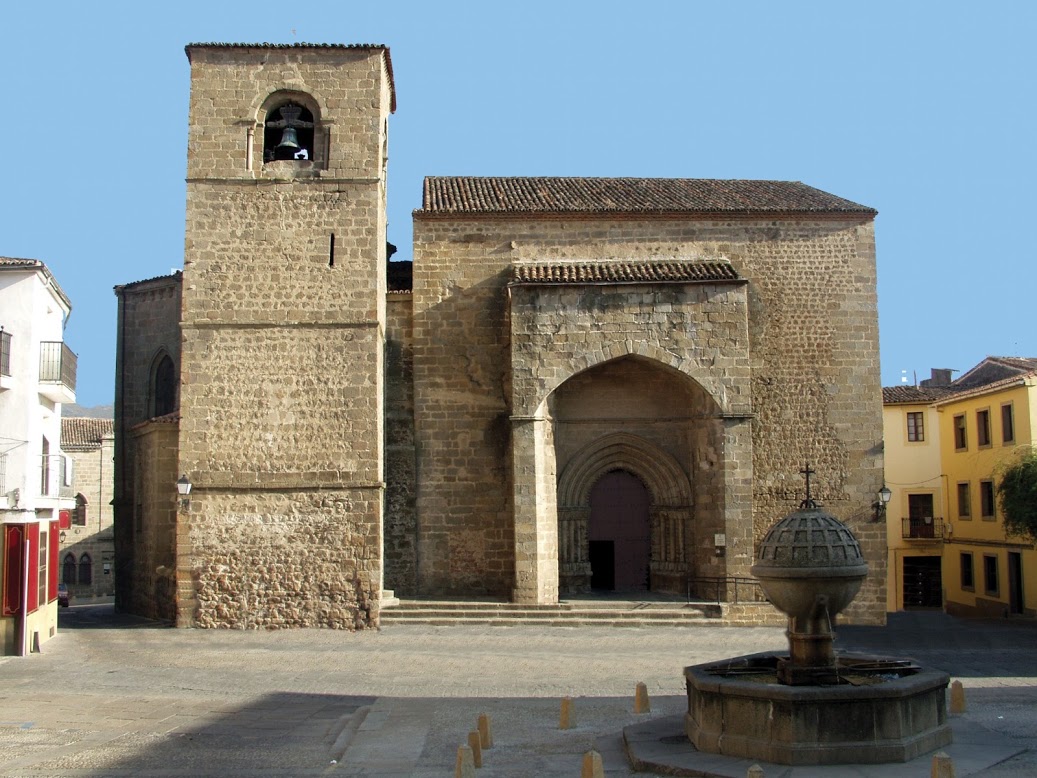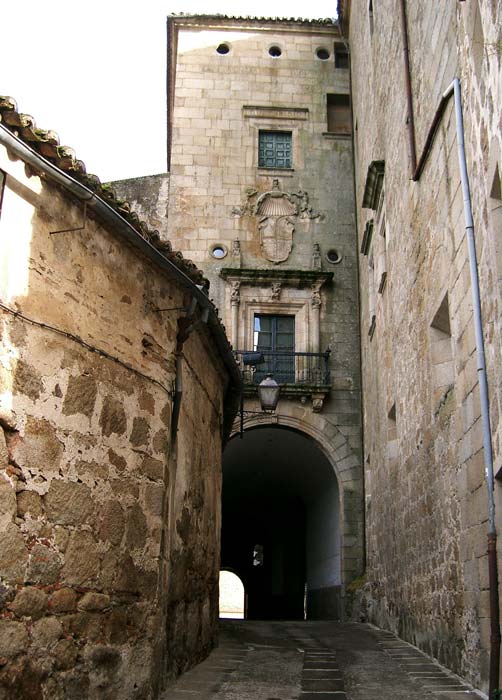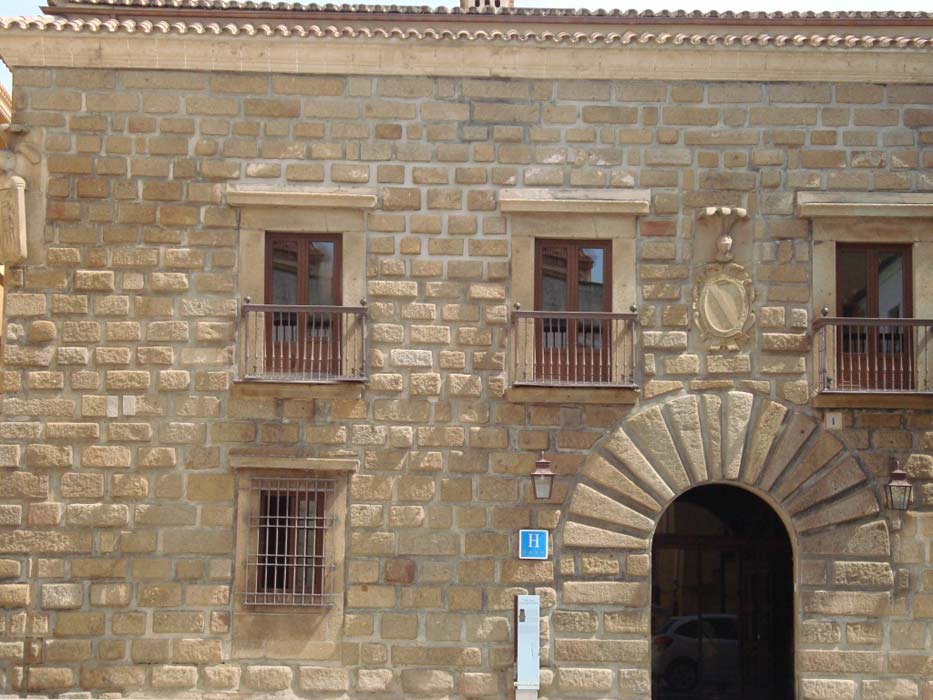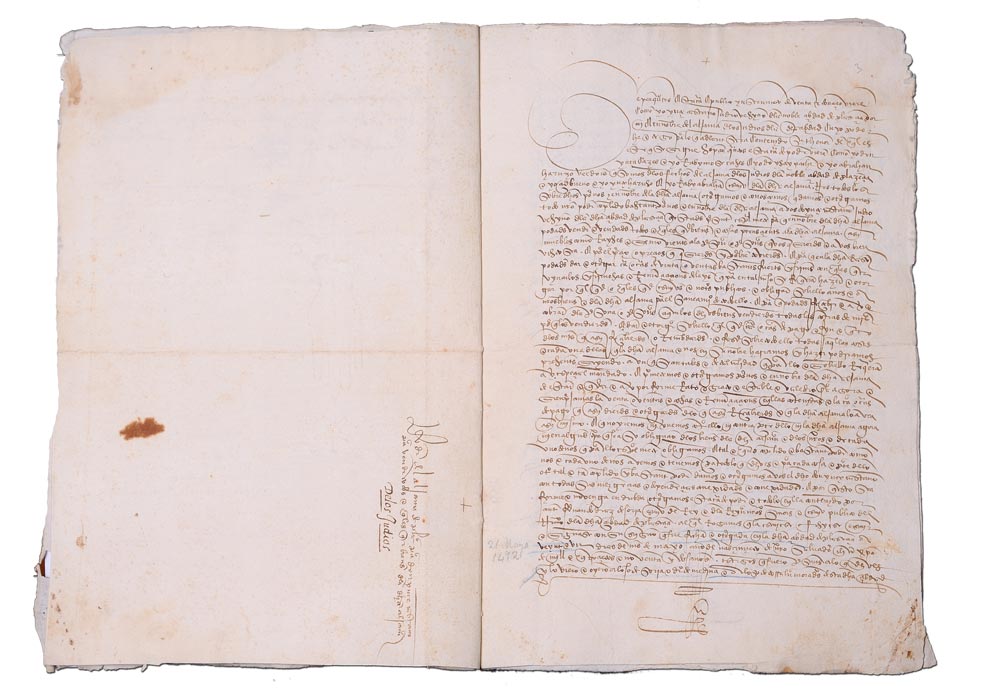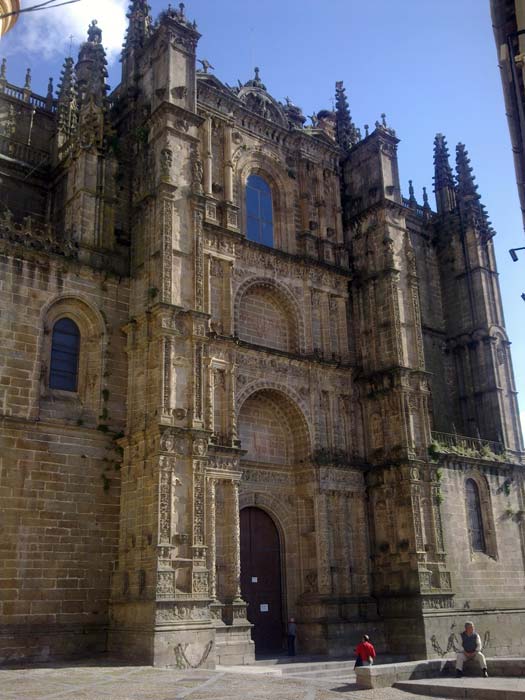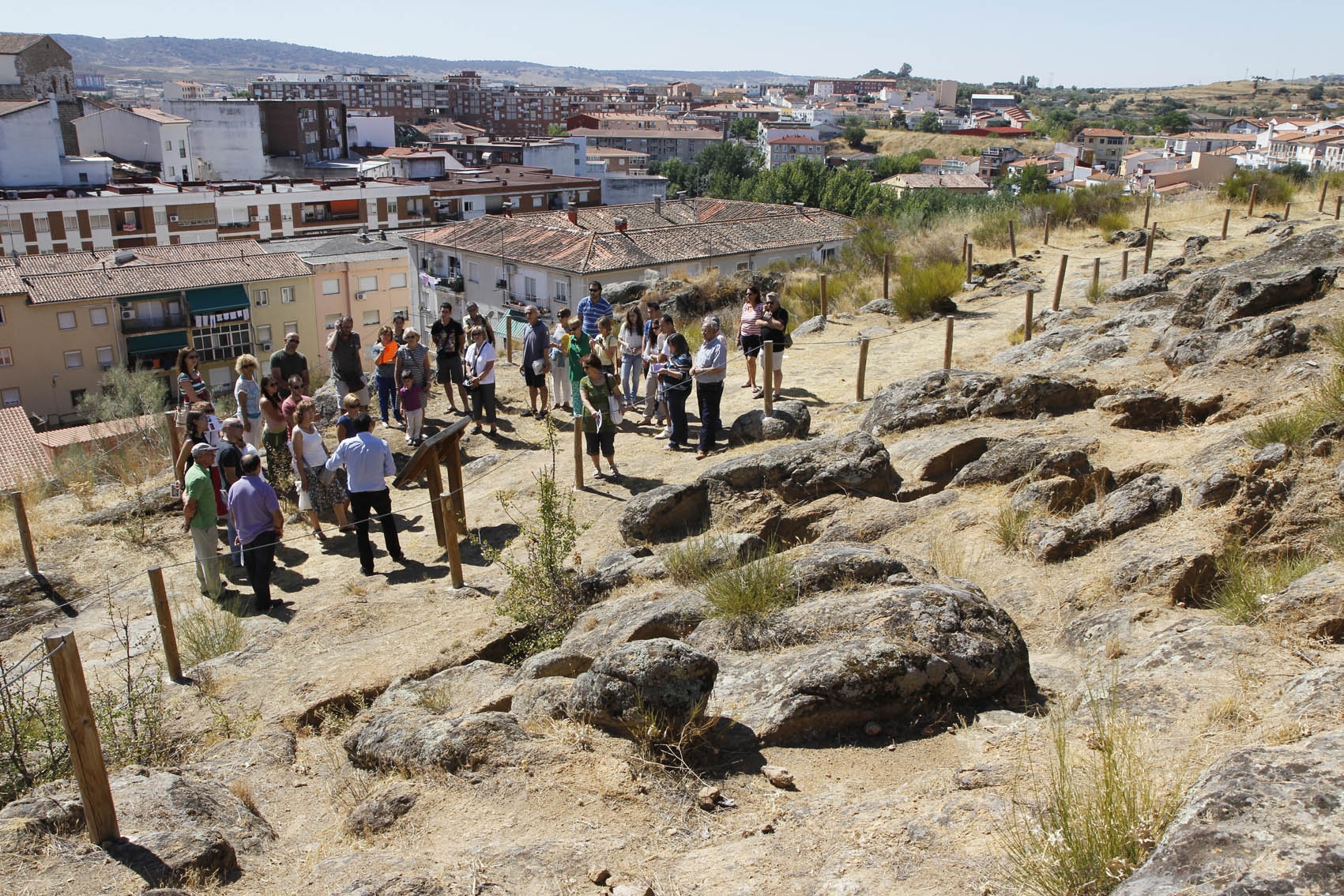The Jewish quarter area of La Mota, currently occupied by the Mirabel palace and the
St. Vincent Ferrer Convent
The Jewish quarter of La Mota is a vast space in the northwest of the walled city occupied by the Jews since the
12th century after the Alfonsine Foundation and subsequently converted into segregation
in the 15th century. Of the four aljamas belonging to the diocese (Plasencia, Béjar,
Medellín and Trujillo), that of Plasencia was the most powerful. The documents tell
us that the Jews frequently outperformed the Christians in the bids for excise rents
of the Zúñiga family in the second half of the 15th century as well as the fact that
some of them owned land and others rented vineyards to the Chapterhouse.
Although no bloody events were recorded in Plasencia in 1391, the widespread climate
of anti-Jewish violence in Spain in the final years of the 14th century and the first
of the 5th did lead the Plasencia council – following the guidelines of the laws of
Ayllón - to establish in 1412 the segregation of the Jewish community in a closed district to which end a wall was erected from the current San Nicolás
square to the Coria gate, closing with a fence the land currently occupied by the Parador, the St. Vincent Ferrer Church and the
Mirabel palace, with the exception of the garden.
The fence, called new to differentiate it from the stretch of the old city wall, commenced its trajectory
at the pass of La Mota «questá a la parte de la yglesia de la Madalena», near Coria Gate and the old wall. It followed its course round the back of the houses
on Coria street whose stretch was occupied by the wall of the Dominican convent. The
new fence continued as far as the white wall-walk and the house of the alderman Tel Díaz:
Çerca do se dize que está el pozo de las casas caydas que fueron de rebí Abrahén [de
Aloya]
integrating the present Cañón de las Bóvedas del Marqués street in the
Jewish quarter area. At the foot of the flight of steps at Vincent Ferrer square was the only gate
of access to the Jewish quarter, closed when segregation ended.
The construction of the fence left without rights of way some of the streets within
the segregation of La Mota and which ended up being absorbed by the construction of
the Dominican convent. In 1451 in the immediate vicinity of La Mota, Esparrillas street, an alley which rises from Berrozana Gate and goes to the steps of the fence above
said gate is cut off by the construction of the new fence.On July 23rd 1541 the council gave the Dominican order a street which crossed via the convent yard to Coria street with a view to house making
more cells for the community. It could be the final stretch of Esparrillas street which would connect with the
flight of steps of St. Vincent Ferrer square and Coria street.
Not all the area near La Mota and the upper part was urbanized in 1412. The Count
of Plasencia granted Juan de Pineda a plot in the upper part of Coria street near
San Nicolás to build a house. Another plot was granted to Rodrigo de Soria at the
same Coria gate. And a third to Pedro Carpintero at Coria gate to build a dwelling
in 1464.
The segregation of La Mota would remain in place until 1419 when the Jewish families
started leaving the confinement of La Mota to settle on the outskirts of the Main square and Zapatería street. In the second half of the 15th century the Duchess of Arévalo, doña Leonor de Pimentel,
the wife of don Álvaro de Zúñiga, the Count of Plasencia, decided to build a convent
here dedicated to Saint Vincent Ferrer in thanks for curing his son (Juan de Zúñiga
y Pimentel who would later become the grand master of the Order of Alcántara) who
had been seriously ill. With this in mind, with the aid of King Enrique IV and Pope
Sixtus IV, he expropriated those Jews who were owners and commissioned the new works
to Pedro González and his son Francisco, both from Plasencia.
